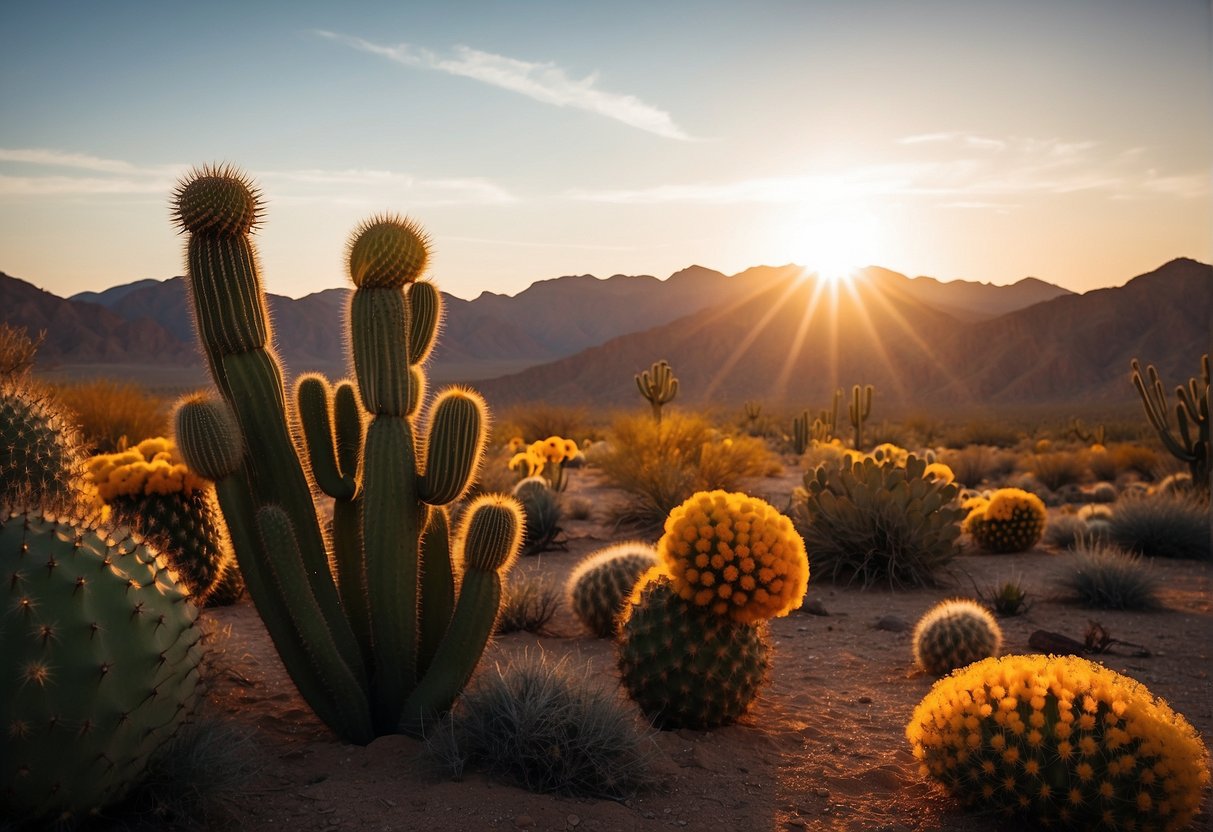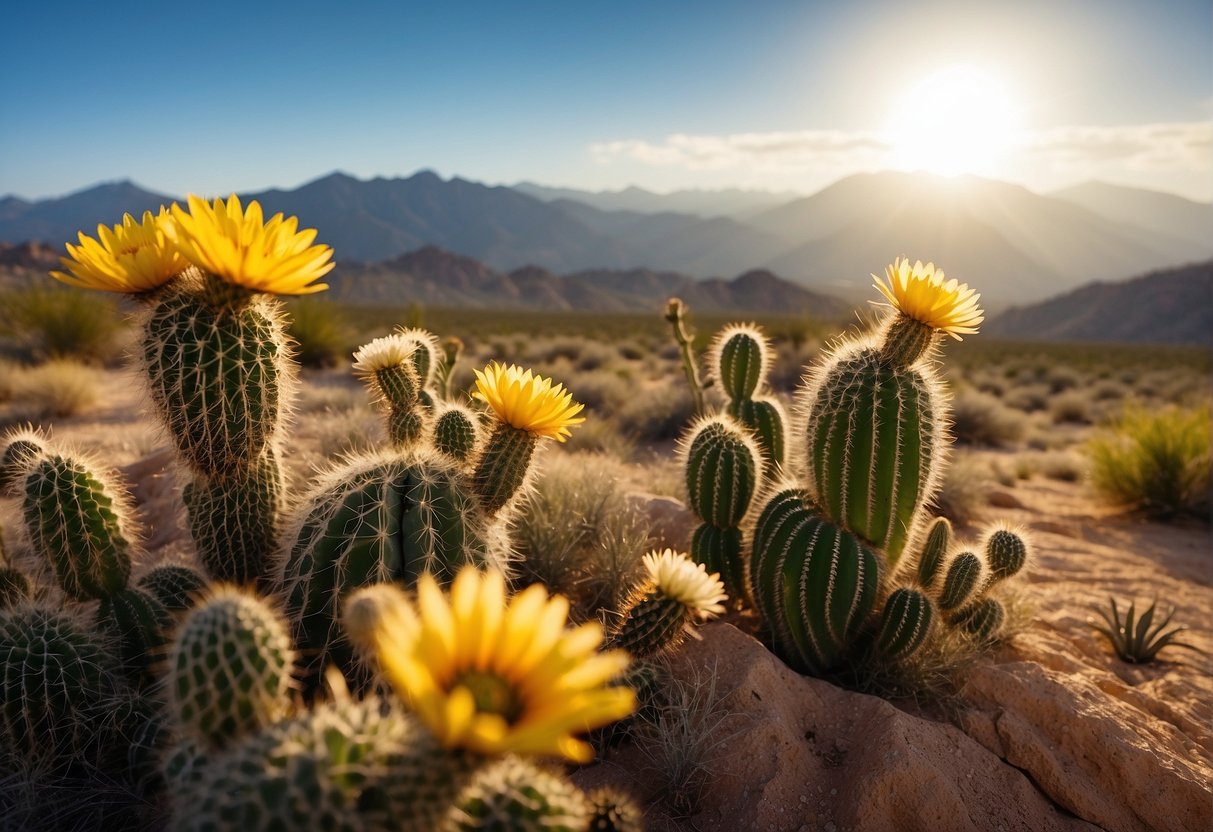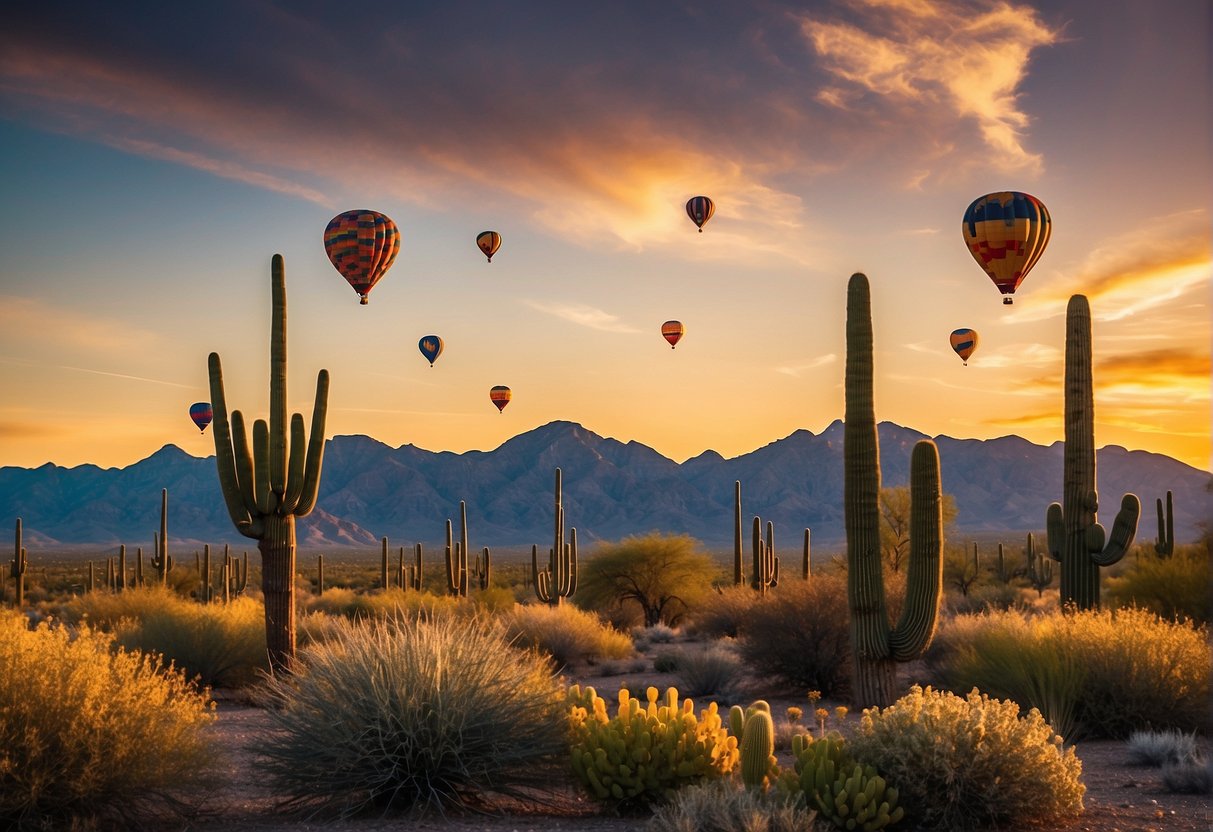Best Time To Visit Tucson: Weather, Events, and Tips
Tucson, Arizona, is a popular destination for tourists from all over the world. The city is known for its stunning desert landscapes, rich cultural heritage, and a wide range of outdoor activities. However, choosing the best time to visit Tucson can be challenging, especially for first-time visitors. In this article, we will explore the best time to visit Tucson, taking into account factors such as weather, climate, and tourist season.

The best time to visit Tucson largely depends on individual preferences and interests. However, the general consensus among travelers is that the best time to visit Tucson is between November and March. During this period, the weather is mild, with daytime highs around 71-72°F and cooler evenings. This period also features key events such as the world-famous Tucson Gem and Mineral Show and the Tucson Jazz Festival, which attract visitors from all over the world.
While November to March is considered the best time to visit Tucson, travelers can also consider visiting during the shoulder seasons of April to May and September to October. During these months, the weather is pleasant, and room rates are reasonable. Additionally, visitors can enjoy outdoor activities such as hiking, biking, and golfing without the scorching heat of the summer months.
Seasonal Overview

Tucson is a beautiful city located in the Sonoran Desert of Arizona. It is a popular tourist destination, and visitors from all over the world come to explore the city’s natural beauty and vibrant culture. The best time to visit Tucson depends on what activities you plan to do and your preferences for weather and temperature.
Spring: March to May
Spring is a great time to visit Tucson, as the weather is mild and pleasant. The daytime highs during this season are around 71-72°F, and the evenings are cooler. March, April, and May are the best months to visit Tucson if you want to enjoy outdoor activities like hiking and exploring nature. The Saguaro National Park is a must-visit during this season, as it is home to beautiful cacti and other desert flora.
Summer: June to August
Summer in Tucson is hot and dry, with daytime highs averaging around 100°F. The summer months are the peak tourist season in Tucson, and hotel prices are high during this time. The monsoon season starts in July and lasts until September, bringing thunderstorms and flash floods to the desert. The summer months are a great time to relax by the pool in one of the many luxurious hotels in Tucson.
Fall: September to November
Fall is a great time to visit Tucson, as the weather is pleasant and the crowds are smaller. September, October, and November are the best months to visit if you want to enjoy outdoor activities like hiking and exploring nature. The All Souls Procession is a popular event in Tucson during this season, where people come together to celebrate the lives of loved ones who have passed away.
Winter: December to February
Winter in Tucson is mild, with daytime highs averaging around 64°F. December, January, and February are the best months to visit if you want to enjoy the snow in Mt. Lemmon. The Tucson Gem and Mineral Show is a popular event in February, where vendors from all over the world come to showcase their gems and minerals. Hotel rates are lower during the winter months, making it a great time to visit Tucson.
In conclusion, the best time to visit Tucson depends on what activities you plan to do and your preferences for weather and temperature. Spring and fall are the best seasons to visit if you want to enjoy outdoor activities, while summer is great for relaxing by the pool. Winter is the best time to visit if you want to enjoy the snow and lower hotel rates.
Travel Tips and Attractions

Tucson is a city that offers a unique blend of culture, history, and outdoor adventure. Whether you are a history buff, a nature lover, or an adventure seeker, Tucson has something for everyone. Here are some travel tips and attractions to help you plan your visit to Tucson.
Cultural and Historical Highlights
Tucson is rich in culture and history, and there are many attractions that showcase this. One must-visit attraction is the San Xavier Del Bac Mission, a historic Spanish Catholic mission that dates back to the late 18th century. The mission is known for its beautiful architecture and religious art.
Another attraction that highlights Tucson’s history is the Arizona-Sonora Desert Museum. This museum is a combination of a zoo, botanical garden, and natural history museum, and it showcases the unique flora and fauna of the Sonoran Desert.
Outdoor Adventures and Nature
Tucson is home to some of the most beautiful natural landscapes in the country, and there are many opportunities for outdoor adventure. Catalina State Park is a great place to go hiking, with over 5,500 acres of beautiful desert landscape to explore. The park also has campsites and picnic areas, making it a great place to spend the day or the night.
If you want to see some of the unique wildlife of the Sonoran Desert, the Saguaro National Park is a great place to visit. The park is home to the iconic saguaro cactus, as well as many other plants and animals that are unique to the region.
Festivals and Events
Tucson is known for its many festivals and events, and there is always something happening in the city. One of the most popular events is the Tucson Jazz Festival, which takes place every January and features some of the best jazz musicians in the world.
Another popular event is the Arizona International Film Festival, which takes place every April and showcases independent films from around the world. Other popular events include the 4th Avenue Winter Street Fair, the Tucson Festival of Books, and the Fiesta de Garibaldi.
Overall, the best time to visit Tucson is between November and March, when the weather is mild and many of the city’s festivals and events take place. However, if you are on a budget, the cheapest time to visit is during the summer months, when room rates are lower and crowds are smaller.
Frequently Asked Questions

What are the peak tourist seasons in Tucson?
The peak tourist seasons in Tucson are during the winter months, from November to March. This is when the weather is mild and pleasant, and many visitors come to escape the colder temperatures in other parts of the country. The Tucson Gem and Mineral Show, which takes place in February, is one of the biggest draws during this time.
What months have the most pleasant temperatures for outdoor activities in Tucson?
The months with the most pleasant temperatures for outdoor activities in Tucson are November to March. During this time, the temperatures are mild and comfortable, with daytime highs around 71-72°F and cooler evenings. This makes it the perfect time to explore the many outdoor activities that Tucson has to offer, such as hiking, biking, and sightseeing.
How does Tucson’s weather vary throughout the year?
Tucson’s weather varies throughout the year, with hot summers and mild winters. The summer months, from June to August, are the hottest, with temperatures often reaching over 100°F. The winter months, from November to March, are mild and pleasant, with daytime highs around 71-72°F and cooler evenings.
What are some recommended activities to do in Tucson during the winter months?
There are many recommended activities to do in Tucson during the winter months, such as visiting the Saguaro National Park, exploring the Tucson Botanical Gardens, or taking a tour of the historic Mission San Xavier del Bac. The Tucson Gem and Mineral Show, which takes place in February, is also a must-see event.
How long should a typical visit to Tucson last to enjoy its attractions?
A typical visit to Tucson should last at least three to four days to enjoy its attractions fully. This will give visitors enough time to explore the city’s many museums, art galleries, and outdoor activities.
Which part of the year is considered the rainy season in Tucson?
The rainy season in Tucson is from July to September, with August being the wettest month. However, Tucson is known for its dry climate, with an average of only 11 inches of rain per year. Visitors should still be prepared for sudden thunderstorms during the summer months.






